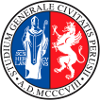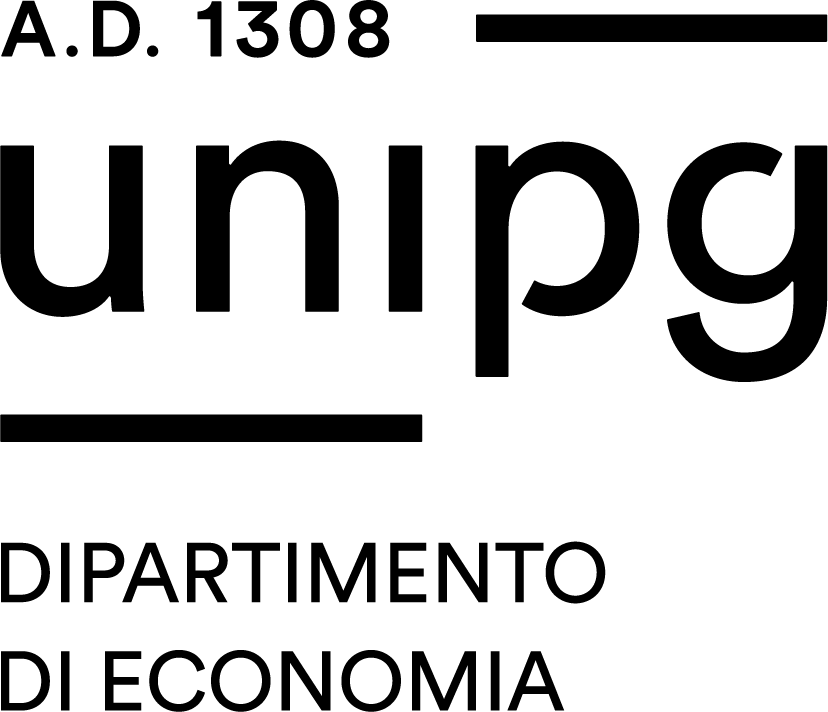Study-unit NATURAL AND SYNTHETIC NANOSTRUCTURED SYSTEMS
| Course name | Molecular and industrial biotechnology |
|---|---|
| Study-unit Code | GP004113 |
| Curriculum | Comune a tutti i curricula |
| Lecturer | Catia Clementi |
| Lecturers |
|
| Hours |
|
| CFU | 6 |
| Course Regulation | Coorte 2024 |
| Supplied | 2024/25 |
| Supplied other course regulation | |
| Learning activities | Affine/integrativa |
| Area | Attività formative affini o integrative |
| Sector | CHIM/02 |
| Type of study-unit | Opzionale (Optional) |
| Type of learning activities | Attività formativa monodisciplinare |
| Language of instruction | Italian |
| Contents | After a brief introduction to nano-structured materials and t classification, the dependence of chemical and physical properties on dimensionality will be addressed highlighting differences respect to bulk systems. Examples of nanostructured natural systems will be the presented. The main part of the course will concern the preparation methods of nanostructured synthetic systems through chemical methods with special reference to nanoparticles and nanorods followed by their characterization and applications. |
| Reference texts | 1. Teaching materials. 2. NANOSTRUCTURES AND NANOMATERIALS - Synthesis, Properties, and Applications (2nd Edition) © World Scientific Publishing Co. Pte. Ltd. 3. Nanoscience and nanotechnologies: opportunities and uncertainties (The Royal Society & The Royal Academy of Engineering, 20 |
| Educational objectives | This course is the first of the entire degree program completely focused on the study of nanostructured systems. The main aim of the course is to transmit to the student the following knowledges: - definition of nanostructured system and importance of the dependence of the properties of the size. Differences with bulk systems. - thermodynamic and kinetic principles related to the chemical synthesis of nanostructured systems. - potential applications of nanostructured systems The course will provide the student the following skills: - identification and optimization of experimental parameters for the synthesis of metal and semiconductor nanoparticles. - identification of potential applications of nanostructured system according to their chemical-physical properties. - identification of parameters to be optimized to increase performance of a nanostructured system |
| Prerequisites | For a full and easy understanding of the topics of this course it important to have good basic knowledge of General Chemistry and Physical Chemistry (thermodynamics, kinetics and UV- spectroscopy). |
| Teaching methods | The course is organized as follows: - face to face lectures concerning all the topics covered during the course using PowerPoint presentations, - LABORATORY ACTIVITY. preparation of a powerpoint presentation on a topic agreed with the teacher. Demonstrative laboratory experiments at the photochemistry an photophysics laboratories of the Chemistry Biology and Biotechnology department in via Elce di Sotto |
| Other information | The face to face lectures will be held at the location of the Chemistry Biology and Biotechnology Department in via del Giochetto edificio B. The Laboratory experiments will be carried out at the Laboratory o photochemistry and photophysics of the headquarters of the Department of Chemistry, Biology and Biotechnology of Via Elce di Sotto 8 |
| Learning verification modality | The final exam consists of two tests: 1) oral exam: it consists of an interview long enough to determine and verify the knowledge level, understanding capability and technical skills achieved by the student on the topics covered during the frontal lectures and the analytical techniques used during the laboratory experiences. It will be tested also the capacity of the student to communicate an present the theoretical contents with an appropriate scientific language and the critical sense acquired by the student in dealing with issues concerning the application of nanostructured systems in medical, biological , energetic and environmental field. 2) preparation of a powerpoint presentation on a topic agreed with the teacher. The presentation is aimed to test comprehension by the student of the issues addressed during lessons and theoretical principles related to them, and finally the ability to organize contents in written form with an appropriate vocabulary. The final evaluation will take into account both the oral test and the powerpoint presentation. Students with disabilities and/or DSA are invited to visit the pa dedicated to the tools and measures envisaged and to agree in advance with the teacher what is necessary (https://www.unipg.it/disabilita-e - dsa). |
| Extended program | A brief introduction to nano-structured materials, definition classification. Dependence of chemical and physical properties o dimensionality. Quantum confinement. Nanoparticles: - Synthesis of colloidal nanoparticles through chemical methods. - Thermodynamic approach: thermodynamic and kinetic factors related to nucleation and growth processes in homogeneous solutions. Classic theory of nucleation. - Stabilization of colloidal nanoparticles: steric and electros stabilization (DLVO theory). - Synthesis of metallic nanoparticles: reduction of metallic s electrochemical deposition. Surface Plasmon Resonance. - Synthesis of nonoxide semiconductor nanoparticles: pyrolysis organometallic and non organometallic precursor(s). Quantum dots: synthesis and properties. Passivation. Core-shell systems: epitaxia growth. - Synthesis of semiconductor oxide nanoparticles: sol-gel process. - - Kinetic approach: synthesis in micelles, aerosols, spray pyrolysis growth termination, template sinthesis. Structural characterization, chemistry and physics of nanostructured systems (Scanning electron microscopy (SEM) and transmission electron microscopy (TEM), atomic force microscopy (AFM), UV- spectroscopy) Applications of nanostructured systems in biomedicine, energy |
| Obiettivi Agenda 2030 per lo sviluppo sostenibile | 3 and 4 |


